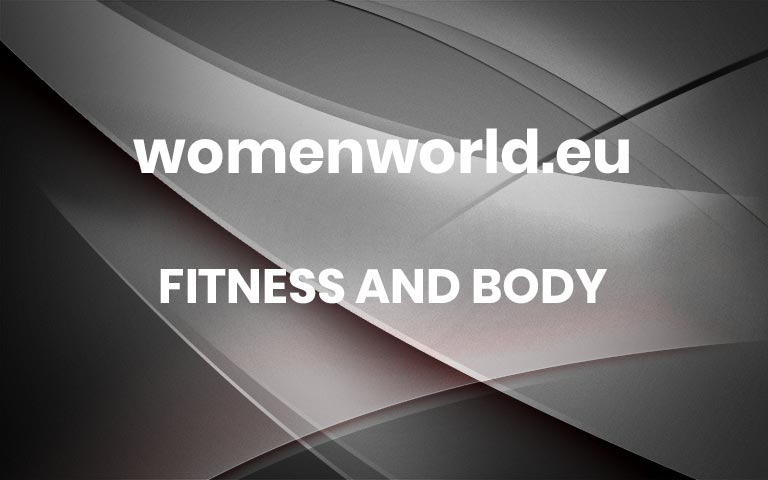Why 2022 Should Be the Year You Start Weightlifting
Let me tell you my personal story with weightlifting. When I first began as a personal trainer in 2015, I had one goal for all of my clients: Get sweaty. Sweat, it seemed, was the ultimate sign of an effective workout, and I needed my clients to feel like they were getting plenty of bang for their buck. Every workout included a treadmill warmup, lots of jumping, bodyweight exercises, light weights (for things like “weighted jump squats” and “ultimate dumbbell burpees”), and a finisher that left a puddle on the floor. The same was true for my own workouts, which consisted almost entirely of cardio intervals and plyometrics.
In 2017, I left the world of personal training to be a full-time indoor cycling instructor, which only further supported my bias toward cardio-heavy workouts. It wasn’t until 2020, after five long years of nothing but sweat-focused, repetitive fitness, I noticed that nothing was changing, so I took a new approach: heavy weights. Over the past couple of years, I prioritized weightlifting, and it has changed my life (and the lives of my clients). Here’s why I think 2022 should be the year that you lift heavy (yes, you!) and how to get started.
What are the benefits of weightlifting?
1. Boost your confidence
Before this year, I never thought I’d be capable of barbell cleans, 200-pound deadlifts, or heavy push presses. However, now that I know I have so much strength, things like calling the doctor’s office to make an appointment (ugh!) or lugging groceries home from Trader Joe’s to my small NYC apartment don’t seem nearly as difficult. Even seeing small improvements will make you feel like a badass, and those feelings spill over into the rest of your life. Just starting out? Remember that “heavy” is relative—there’s no one true definition of what’s heavy and what’s not, so if it’s challenging you, it’s heavy. Find weights that feel challenging yet doable and watch them feel lighter and lighter with each workout. By strengthening the body, you’re also strengthening the mind and gaining more confidence.
2. Feel more toned in your body
While we all know that exercise should be all about internal mindset, the reality is that we all want to be confident in our bodies. We’ve seen fitness fads come and go over the years, but one thing has remained tried and true: Strength training helps strengthen and tone the body. Afraid of looking “bulky?” Don’t be. In order to achieve a bodybuilder’s physique, women need to work more than twice as hard as men because they lack the testosterone required to achieve that level of musculature. Ask any female bodybuilder how many hours a day she trains and how much she eats, and you’ll be relieved to know that most of us aren’t even coming close. Weight training can help you tone muscles and burn fat, but it won’t make you “bulky.”
3. Take up more space
Speaking of “bulky,” what’s with the fear of getting bigger? Here’s my call to women everywhere: Let’s be done with aiming to feel small and squeezing ourselves into close-quartered definitions of what we should be, look like, and do. It’s time to take up some space in this world, both physically and emotionally: Claim your spot in the weight room and occupy it proudly, grow your muscles and show them off to the world, and strengthen your body and confidence by asserting yourself into what you may have been previously intimidated by. Nothing says “This is my year!” more than existing unapologetically in a space that you once shied away from. Whether you’re new to the weight room, haven’t been in a while, or simply haven’t considered what your presence might mean for another woman who’s still a little intimidated, start taking up your rightful space and watch how it changes your life and the lives of those around you.
4. Improve your overall health
This one goes without saying, but health is wealth. The best possible reason to move your body and do any kind of exercise is to improve the health of every part of your body (including the mind!). Weightlifting strengthens your bones, helps with weight management, improves mobility, protects joints from injuries, improves basal metabolic rate, and boosts heart health, all of which are extremely important for living a long and healthy life. If you’re going all in on cardio, you’re missing key opportunities to help prevent injuries while you’re training for a marathon or help slow bone loss that comes with aging. In other words, you know that any and all types of exercise is good for your health, but resistance training is crucial for so many important functions of the body and can help support all of your health goals.
5. Feel more independent
Personally, the biggest takeaway I’ve learned during my journey from cardio queen to strength-training stan is that nothing feels better than knowing you don’t need to rely on anyone or anything. That heavy box from UPS? Don’t worry, I got it. The elevator’s broken? Six flights of stairs are nothing. Moving across town? Well, I still might need some help for that one, but I can still lift even the heaviest boxes without waiting for someone to do it for me (it’s just a simple weighted squat!). If you’re anything like me, weightlifting will help you feel like your most confident, capable, and powerful self in 2022.
Where should you start with weight lifting?
Whether you’re training at home, at the gym, or a little bit of both, you don’t need any fancy equipment or complicated plans to achieve your strongest body and start weightlifting. All you need are weights (dumbbells, kettlebells, and/or barbells) that are “medium” (doable for 6-8 reps) and “heavy” (doable for 4-6 reps) and a couple of basic movements for each muscle group (read below for ideas!). Also, remember that proper form is more important than how much you can lift, so talk to a trainer or fitness instructor to ensure you have the right form, and don’t lift too heavy that you’ll risk injury. Choose weights that feel challenging but won’t sacrifice form, and stop immediately if you feel your muscles fatiguing to the point that form starts to go.
Chest:
Back:
Shoulders:
Legs:
Glutes:
Arms:
Abs:
The Crucial Thing Missing From Your Workout Routine More



